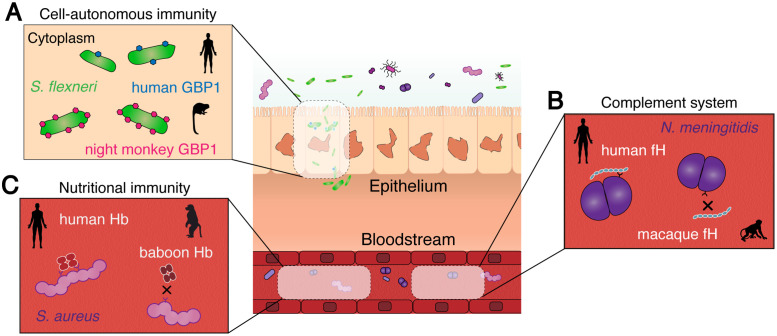Fig 2. Interfaces of evolutionary conflict between animals and pathogenic bacteria.
Three representative examples of conflicts involving human bacterial pathogens are illustrated. (A) Human GBP1 recognizes Shigella flexneri via a C-terminal PBM. Diversification within the PBM of GBP1 in night monkeys and other New World primates confers enhanced recognition to S. flexneri relative to human GBP1. (B) Pathogenic Neisseria avoid detection by the complement alternative pathway through recruitment of fH to their surface. Human fH exhibits the strongest binding to Neisseria meningitidis, whereas nonhuman primate fH is poorly recognized by these bacteria. Regions of fH corresponding to bacterial recognition sites are known to exhibit strong signatures of repeated positive selection. (C) Staphylococcus aureus scavenges host heme using the IsdB receptor. Rapidly diverging sites within alpha and beta hemoglobin in primates impair recognition by IsdB, contributing to host nutritional immunity. fH, factor H; GBP1, guanylate binding protein 1; IsdB, iron-regulated surface determinant B; PBM, polybasic motif.

